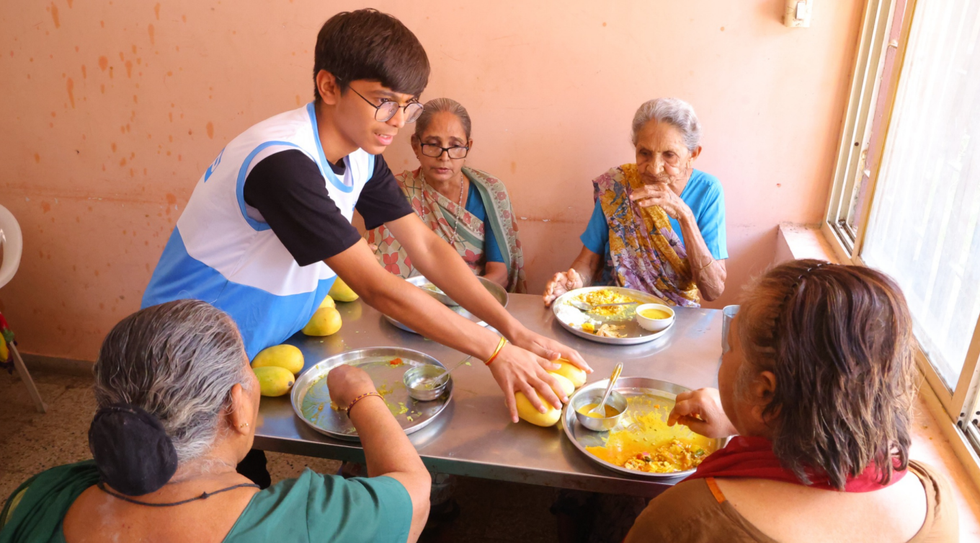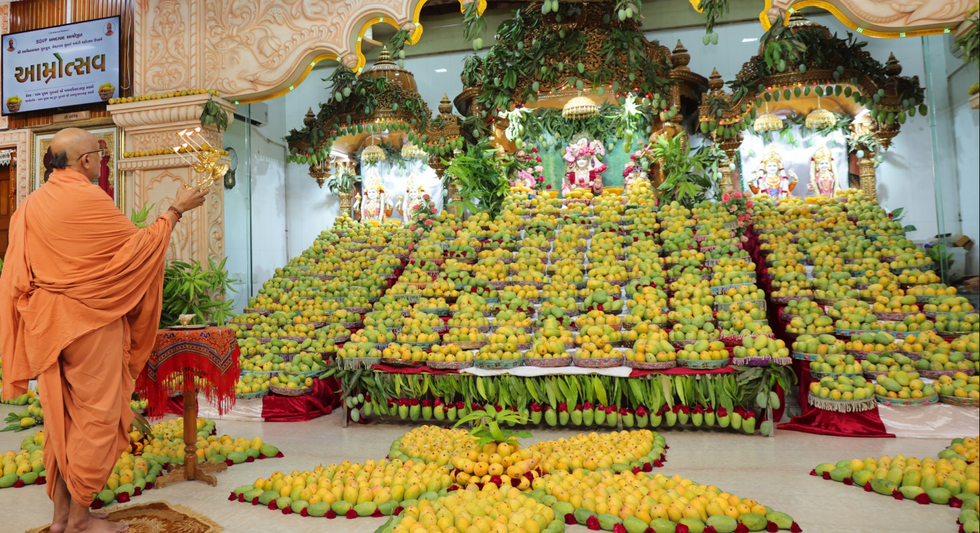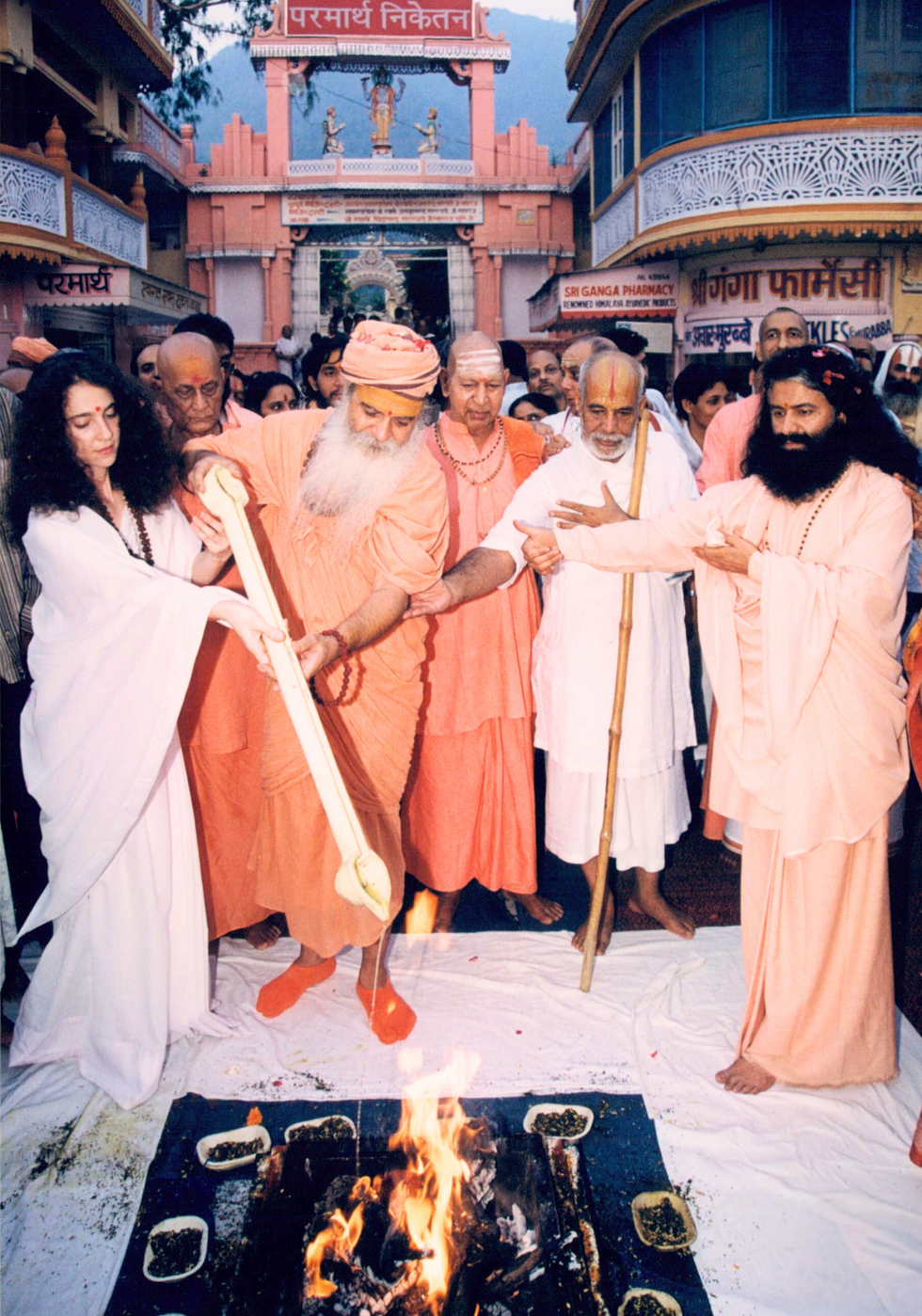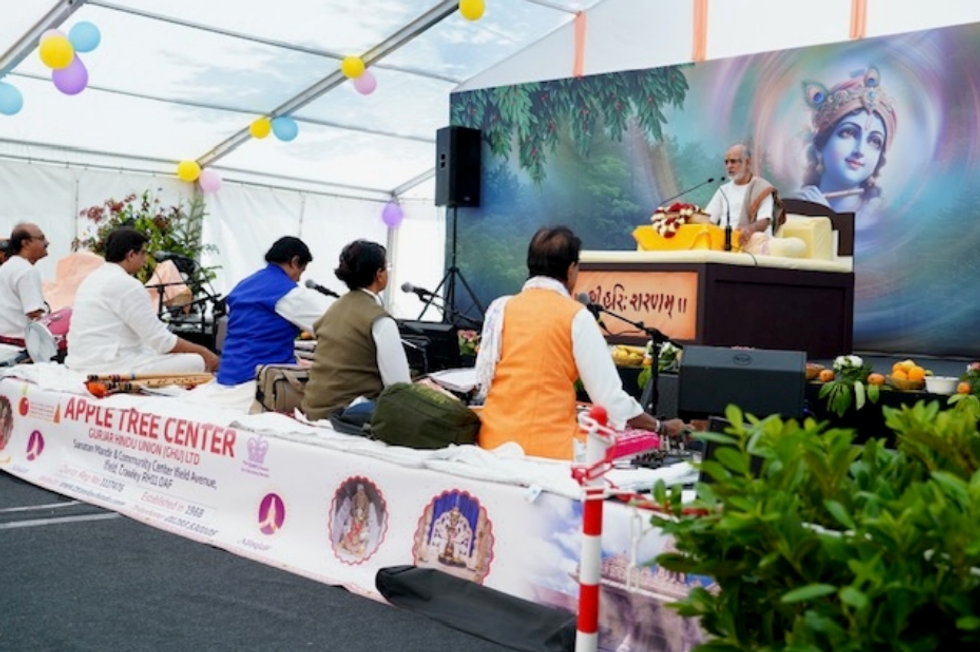Agni, the first word of the Rig Veda, holds a profound significance. It is, in fact, a wondrous element. While most are familiar with fire for its heat and light, very few understand that fire sustains our body and plays a pivotal role in cleansing it and the surrounding elements. Even fewer appreciate its role as a medium to connect with the Devlok (realm of the divine), and hardly anyone explores its potential to manifest changes within and around them. Dhyan Ashram is one such rare place in today’s world where sadhaks (practitioners) experiment with and experience the extraordinary properties of fire.
In Vedic times, yagyas were a routine practice. They were not mere rituals but a precise science designed to invoke and channel the forces of Creation through the medium of fire. The Vedic Shastras detail nearly 400 types of yagyas, each with a specific purpose.
- Kamya-Karmas: Yagyas performed to fulfill desires.
- Nitya-Karmas: Yagyas performed as a duty by every individual.
- Ghrya-Karmas (or Smarta-Karmas): Yagyas specific to an individual and their family, as described in the Smritis.
- Srauta-Karmas: Yagyas for the well-being of mankind, detailed in the Shrutis (Vedas).
The precision of these yagyas extends to every detail—the dimensions and shapes of the yagya kunds (fire altars), the timing (muhurat), the direction of performance, and the ingredients (samidha and samagri). Most importantly, the mantras, provided by a siddha Guru, ensure that the oblations reach the deity being invoked and manifest in the yagya fire.
To illustrate the precision required in yagyas, the Srauta rites employ three distinct fires in three differently shaped yagya kunds. The dimensions, spacing, and brick-laying for these kunds are meticulously outlined in the Shulba Sutras. Interestingly, the geometric principles we attribute to Pythagoras are detailed in this text, predating him by at least 500 years.
The power of authentic Vedic yagyas is evident in their efficacy. Unlike ordinary fires, there is no smoke in a properly performed Vedic yagya, and upon successful completion, forms of deities (Devs and Devis) can be seen in the yagya fire.
For those in the United Kingdom, you can experience the transformative power of a Vedic yagya at the Yogashram in Wales, where Dhyan Foundation sadhaks have built an authentic Vedic fire altar. Daily yagyas are performed here with proper chants and pure ingredients. The effects are visible, with images capturing the manifestations of deities in the yagya fire.
The sadhaks at the ashram also care for authentic Brahmin cows and bulls, conducting gau puja ceremonies as part of their spiritual practice.
Additionally, Dhyan Foundation conducts free weekly classes on mantra chanting and Sanatan Kriya meditation in London. Regular Sanatan Kriya Yoga sessions are held every Monday evening from 6:30–8:00 pm at King’s College London, Dharmic Prayer Space, New Hunt’s House, Guy’s Campus.
To learn more, visit https://www.yogashram.co.uk.

















 Heehs describes two principal approaches to biographyAMG
Heehs describes two principal approaches to biographyAMG
 Thousands of mangoes were handed out to individuals from economically weaker backgroundsSGVP
Thousands of mangoes were handed out to individuals from economically weaker backgroundsSGVP With the support of its spiritual and community leadersSGVP
With the support of its spiritual and community leadersSGVP
 Parmarth Niketan will mark the 25th sanyas anniversary of Pujya Sadhvi Bhagawati SaraswatijiParmarth Niketan
Parmarth Niketan will mark the 25th sanyas anniversary of Pujya Sadhvi Bhagawati SaraswatijiParmarth Niketan
 His captivating delivery and deep spiritual insight resonated strongly with attendeesCrawley Hindu
His captivating delivery and deep spiritual insight resonated strongly with attendeesCrawley Hindu creating an atmosphere of devotion and reflection.Crawley Hindu
creating an atmosphere of devotion and reflection.Crawley Hindu